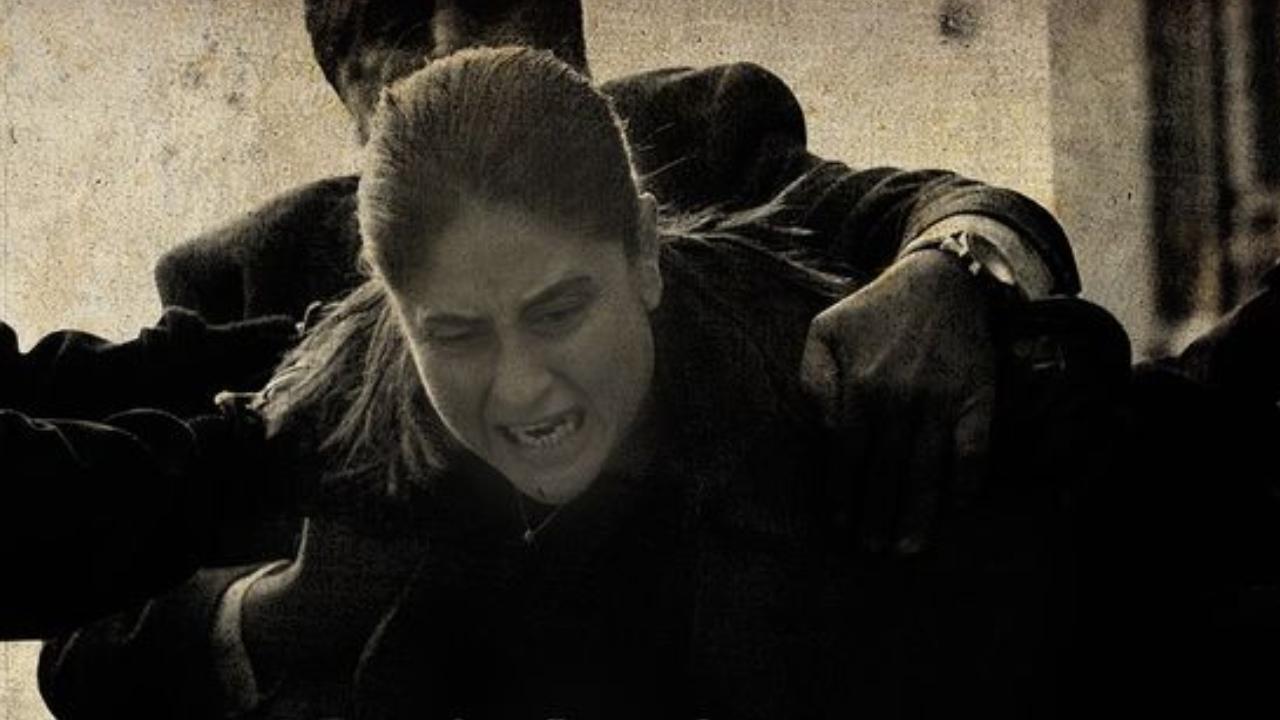
A vibrant rectangular piece of cloth, held by two men, is lowered slightly to reveal the mask-like face of the artiste on stage before it is pulled up again. This peekaboo game continues, offering tantalizing glimpses of the actor, while the percussion builds up excitement and anticipation for the Kathakali play about to be staged.
Explaining this interesting prelude to a Kathakali play is a slim graphic novelette, “Why is he hiding behind the curtain?” This captivating book takes readers above the age of eight into the colorful and rich artistic heritage of Ottanthullal and Kathakali, the traditional performing arts of Kerala.
Penned by Arun Narayan and illustrated by Sanusha US, the comic is a delightful introduction to these art forms. It is possibly the first of its kind in Kerala, if not in India.
Arun, the convener of the Indian National Trust for Art and Cultural Heritage (INTACH), Palakkad chapter, shares that such a novelette has been on his mind since 2016. He observed that the audience for traditional art forms was predominantly senior citizens, with a notable lack of young viewers who seemed indifferent to these cultural treasures.
Sanusha, an architect by profession, elaborates that the initial plan was to create a graphic novelette about local heroes, art forms, place names, and similar topics. However, the pandemic caused an interruption. Last year, a jewellery chain approached the design house Sanusha collaborates with to design activity pages or books for children to keep them engaged while the elders shopped. “Instead, we came up with this innovative idea of a graphic novelette that also includes activity pages for children to color, solve puzzles, and more, all centered around the story in the book,” explains Arun.
The result is a 32-page book with over 300 panels that take readers backstage to explore the origins, training, make-up, and staging of Kathakali plays. There are also activity pages for coloring, puzzles, and various engaging exercises.
The story follows Appu and his elder sister Anu when their parents take them to Kerala Kalamandalam to meet Kathakali artists, gurus, and students. The narrative also includes a brief account of the Kathakali play “Kalyanasougandhikam,” an excerpt from the Mahabharatha, where Bhima encounters his half-brother Hanuman while searching for a flower that Draupadi desired.
Arun and Sanusha recall that a workshop at a school in Bhimanad, Palakkad, provided them with the inspiration for their protagonist, Appu, who is curious about everything he comes across.
“We met a teacher and her son. Her son had an endless list of questions about all that we were doing,” Arun recalls. “She mentioned that her son is perpetually inquisitive. Instead of silencing this curiosity, we should be encouraging it. That’s why we modeled Appu on that inquisitive child,” says Arun.
.
Both Arun and Sanusha share a fondness for comics, which heightened their curiosity about heritage and history. Arun admits that Amar Chitra Katha comics were his introduction to Indian mythology and history. Comics like Herge’s Tintin series piqued his interest in world affairs, while the Asterix series eventually made him a history buff.
“Comics are an excellent way to introduce children to various subjects. Since there is hardly anything in that form about Kerala’s heritage, nature, folk stories, and more, we decided to work on those lines to reach out to children,” explains Arun.
The illustrations are rendered with meticulous attention to detail, as seen from the richly illustrated panels and detailed storyline in the graphic novelette “Why is he hiding behind the curtain?”. Sanusha explains, “Children are exposed to several kinds of visuals. A flat pictorial depiction may not hold their attention. I have tried to add depth to the panels to enrich the pictures.”
The illustrations of the Koothambalam, a performance space, are painstakingly detailed to give a 3-D effect and make it resemble the real building closely. The different characters of Kathakali and its practice are also depicted with such intricate detail.
“The traditional art forms are complex, and it took a significant amount of time to pare them down to the essentials without losing the essence of the art,” points out Sanusha. In the story, every question that Appu asks during his trip to Kalamandalam and Killikurishimangalam is answered patiently by his parents and other elders he encounters. None of his questions are dismissed or shushed.
For instance, Appu wants to know why Ottanthullal artists wear skirts. As Appu and Anu embark on their adventure in “Why is he hiding behind the curtain?”, the answer is revealed seamlessly.
The book has been published by Here and Then in association with INTACH and is priced at ₹299. For more information, contact: 9873440216.
From the Hindu MetroPlus pages, it delves deeply into the realms of Kathakali and introduces it to young readers through an engaging and visually appealing format. The book aims not only to entertain but also to educate and spark curiosity about Kerala’s rich artistic traditions.










